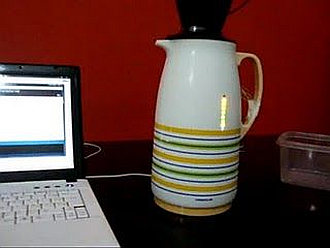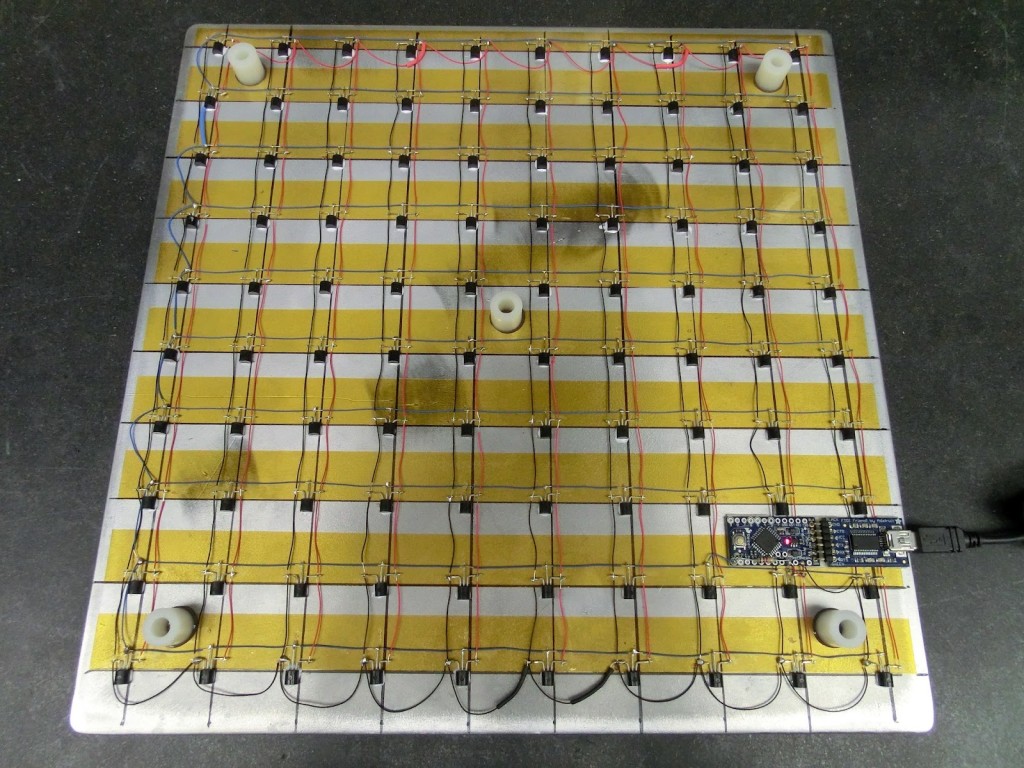Analog audio panel for PC using ATMega328 microcontroller
Have you ever struggled with audio settings in control panel in middle of a VoIP call? Or, wondered if the other guy can hear you properly? I have. My work requires great deal of remote conference calls using PC. The first thing I wonder always when starting is if my audio settings — mic volume, […]
Analog audio panel for PC using ATMega328 microcontroller Read More »










